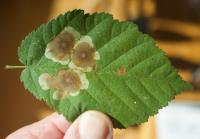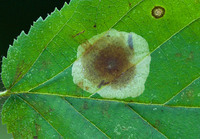
| Recorded by: Mark Basinger on 2025-10-18
Lee Co.
Comment: | 
| Recorded by: Mark Basinger on 2025-10-18
Lee Co.
Comment: |

| Recorded by: Dean Furbish, Lior S. Carlson on 2025-08-12
Alamance Co.
Comment: | 
| Recorded by: Dean Furbish, Lior S. Carlson on 2025-08-12
Alamance Co.
Comment: |
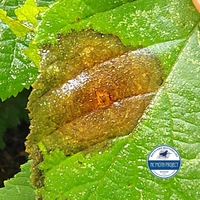
| Recorded by: Dean Furbish, Lior S. Carlson on 2025-08-12
Alamance Co.
Comment: | 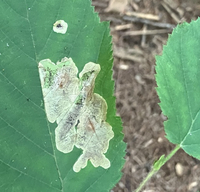
| Recorded by: Ken Kneidel on 2025-07-13
Yancey Co.
Comment: |
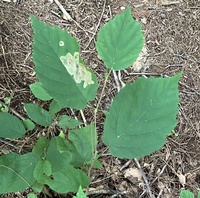
| Recorded by: Ken Kneidel on 2025-07-13
Yancey Co.
Comment: | 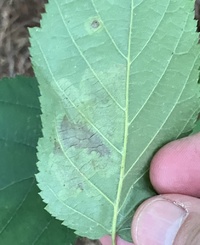
| Recorded by: Ken Kneidel on 2025-07-13
Yancey Co.
Comment: |

| Recorded by: Jim Petranka, Bo Sullivan and Becky Elkin on 2024-04-27
Macon Co.
Comment: Adult was reared from a mine on American Hazelnut; mine on Sept 15, 2023; adult emerged on April 27, 2024 after overwintering in outdoor garage. | 
| Recorded by: Jim Petranka, Bo Sullivan and Becky Elkin on 2024-04-27
Macon Co.
Comment: Adult was reared from a mine on American Hazelnut; mine on Sept 15, 2023; adult emerged on April 27, 2024 after overwintering in outdoor garage. |
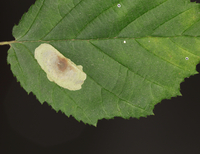
| Recorded by: Jim Petranka, Bo Sullivan and Becky Elkin on 2023-09-15
Macon Co.
Comment: An occupied mine on American Hazelnut (adult reared). | 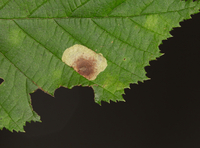
| Recorded by: Jim Petranka, Bo Sullivan and Becky Elkin on 2023-09-15
Macon Co.
Comment: |
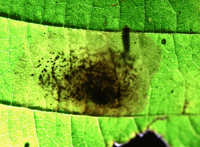
| Recorded by: Jim Petranka, Bo Sullivan and Becky Elkin on 2023-09-15
Macon Co.
Comment: | 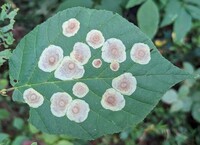
| Recorded by: Jeff Niznik on 2023-09-13
Durham Co.
Comment: |

| Recorded by: Jim Petranka and Becky Elkin on 2023-08-31
Buncombe Co.
Comment: | 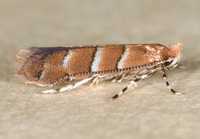
| Recorded by: Jim Petranka on 2023-03-20
Caldwell Co.
Comment: Mines on Sept 15, 2022; adult emerged on March 20, 2023 after overwintering in refrigerator. |
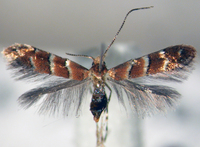
| Recorded by: Jim Petranka on 2023-03-20
Caldwell Co.
Comment: Mines on Sept 15, 2022; adult emerged on March 20, 2023 after overwintering in refrigerator. | 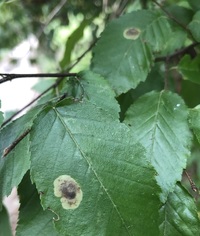
| Recorded by: Ken Kneidel on 2022-09-25
Mecklenburg Co.
Comment: |

| Recorded by: Ken Kneidel on 2022-09-25
Mecklenburg Co.
Comment: | 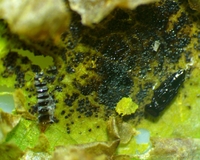
| Recorded by: Ken Kneidel on 2022-09-25
Mecklenburg Co.
Comment: |
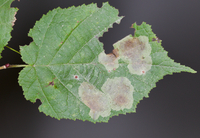
| Recorded by: Jim Petranka and Becky Elkin on 2022-09-15
Caldwell Co.
Comment: Occupied mines were on American Hazelnut. | 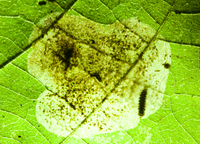
| Recorded by: Jim Petranka and Becky Elkin on 2022-09-15
Caldwell Co.
Comment: Occupied mines were on American Hazelnut. |
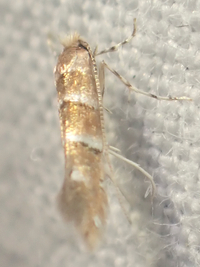
| Recorded by: tom ward on 2022-05-26
Buncombe Co.
Comment: | 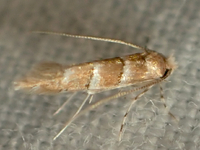
| Recorded by: tom ward on 2022-05-26
Buncombe Co.
Comment: |

| Recorded by: tom ward on 2022-05-21
Buncombe Co.
Comment: | 
| Recorded by: Ken Kneidel on 2021-08-22
Burke Co.
Comment: Mines on American Hazelnut. |

| Recorded by: Ken Kneidel on 2021-08-22
Burke Co.
Comment: Mines on American Hazelnut. | 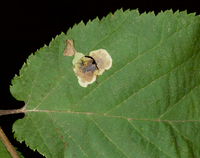
| Recorded by: Jim Petranka and Becky Elkin on 2021-07-22
Cherokee Co.
Comment: Unoccupied mine was on Beaked Hazelnut. |
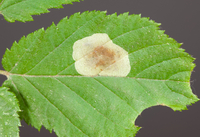
| Recorded by: Jim Petranka on 2021-06-15
Madison Co.
Comment: Occupied mine was on Beaked Hazelnut (Corylus cornuta) | 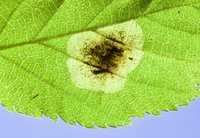
| Recorded by: Jim Petranka on 2021-06-15
Madison Co.
Comment: Occupied mine was on Beaked Hazelnut (Corylus cornuta) |
|

 »
»